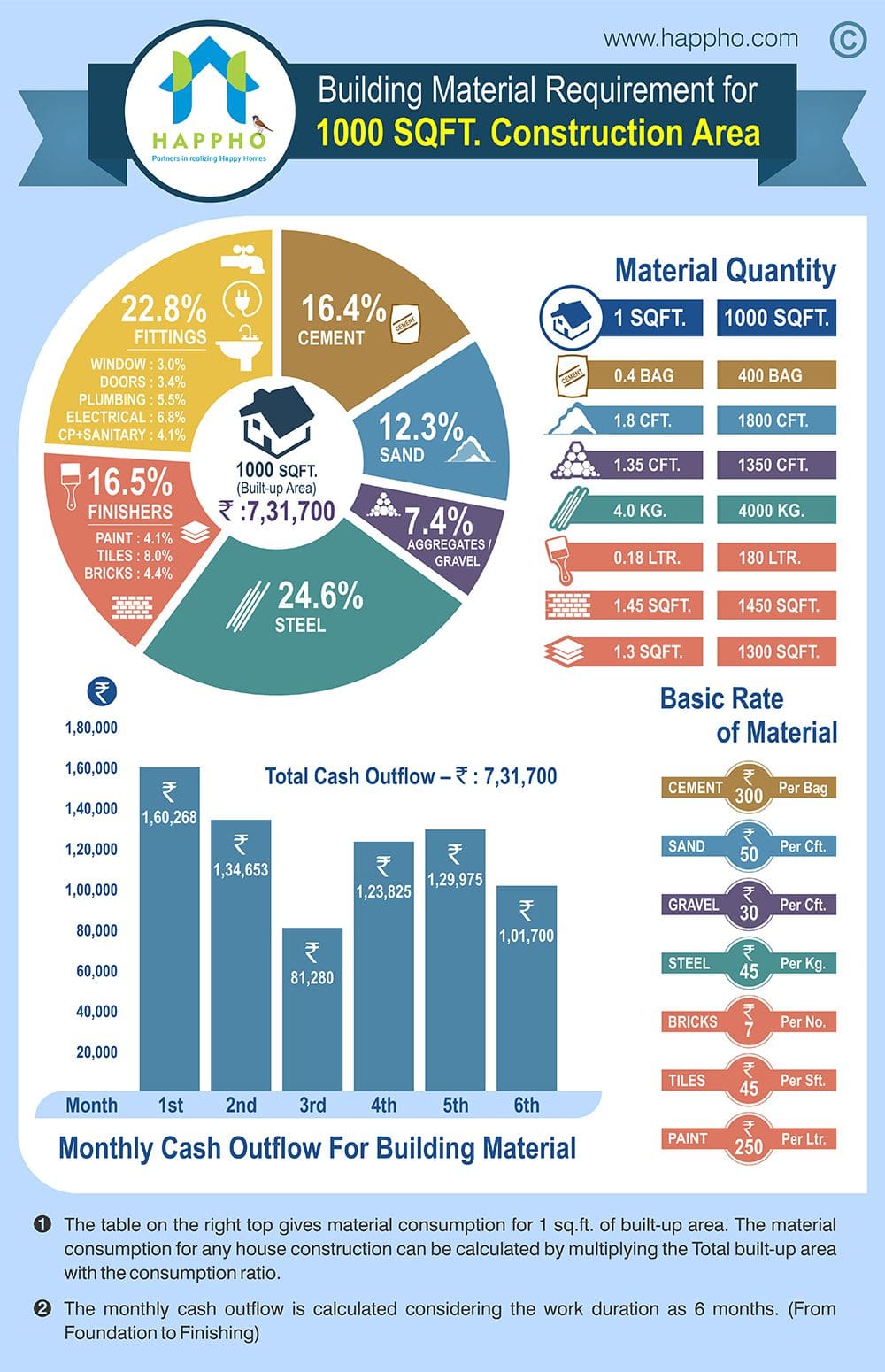Discover How Seasonal Elements Affect Commercial External Painting Success And Find The Very Best Times To Ensure Enduring Results For Your Job
Discover How Seasonal Elements Affect Commercial External Painting Success And Find The Very Best Times To Ensure Enduring Results For Your Job
Blog Article
chapel cabinets -Ford Chaney
When you're preparing a commercial external paint task, seasonal variables can make or break your outcomes. You'll intend to take into consideration how temperature and moisture influence paint application and drying out times. Selecting the best season can ensure your paint sticks appropriately and lasts much longer. Yet which paint ceiling same colour as walls are absolutely the best for this kind of work? Allow's explore painters that can influence your job's success.
The Effect of Temperature on Paint Application
When you're planning a business external paint project, the temperature can substantially affect how well the paint adheres and dries out.
Ideally, you wish to paint when temperatures range in between 50 ° F and 85 ° F. If it's also cool, the paint may not treat effectively, leading to problems like peeling or breaking.
On the other side, if it's too hot, the paint can dry as well quickly, stopping proper adhesion and resulting in an uneven finish.
You should likewise consider the moment of day; early morning or late afternoon offers cooler temperature levels, which can be a lot more beneficial.
Constantly examine the supplier's recommendations for the particular paint you're utilizing, as they often provide advice on the ideal temperature variety for ideal results.
Humidity and Its Impact on Drying Times
Temperature level isn't the only environmental factor that influences your commercial external painting task; moisture plays a considerable role too. High humidity levels can reduce drying times substantially, influencing the total quality of your paint task.
When the air is filled with moisture, the paint takes longer to cure, which can lead to concerns like inadequate bond and a higher threat of mildew development. If Recommended Online site on a particularly damp day, be gotten ready for prolonged wait times between layers.
It's essential to keep track of neighborhood weather conditions and plan as necessary. Preferably, go for humidity degrees in between 40% and 70% for ideal drying.
Keeping these factors in mind guarantees your job remains on track and supplies a long-term coating.
Best Seasons for Commercial Outside Painting Projects
What's the best season for your business external paint jobs?
Springtime and very early autumn are typically your best bets. During these periods, temperatures are mild, and humidity levels are often lower, developing optimal problems for paint application and drying out.
Prevent summertime's intense heat, which can cause paint to dry too quickly, leading to bad bond and coating. In a similar way, winter months's chilly temperatures can hinder proper drying and healing, running the risk of the long life of your paint task.
Go for days with temperatures in between 50 ° F and 85 ° F for optimal outcomes. Bear in mind to examine the local weather prediction for rain, as wet problems can spoil your task.
Planning around these factors ensures your paint job runs smoothly and lasts longer.
Verdict
Finally, preparing your commercial exterior paint projects around seasonal considerations can make a significant difference in the end result. By scheduling work throughout the optimal temperatures and humidity degrees, you'll make certain far better bond and drying times. Keep in mind to watch on neighborhood weather report and choose the right time of year-- springtime and very early autumn are your best choices. Taking these actions will assist you accomplish a sturdy and expert coating that lasts.
